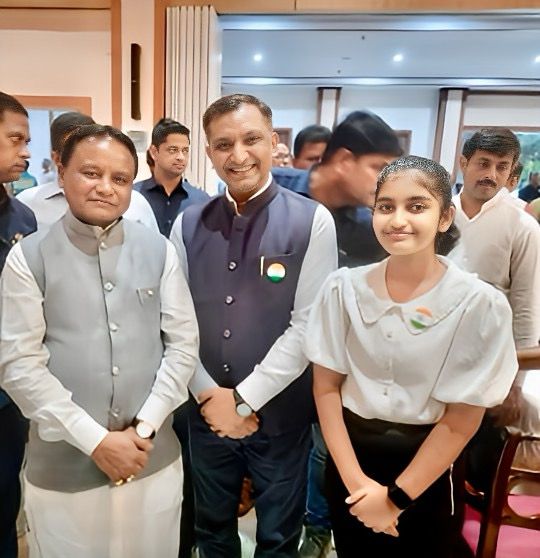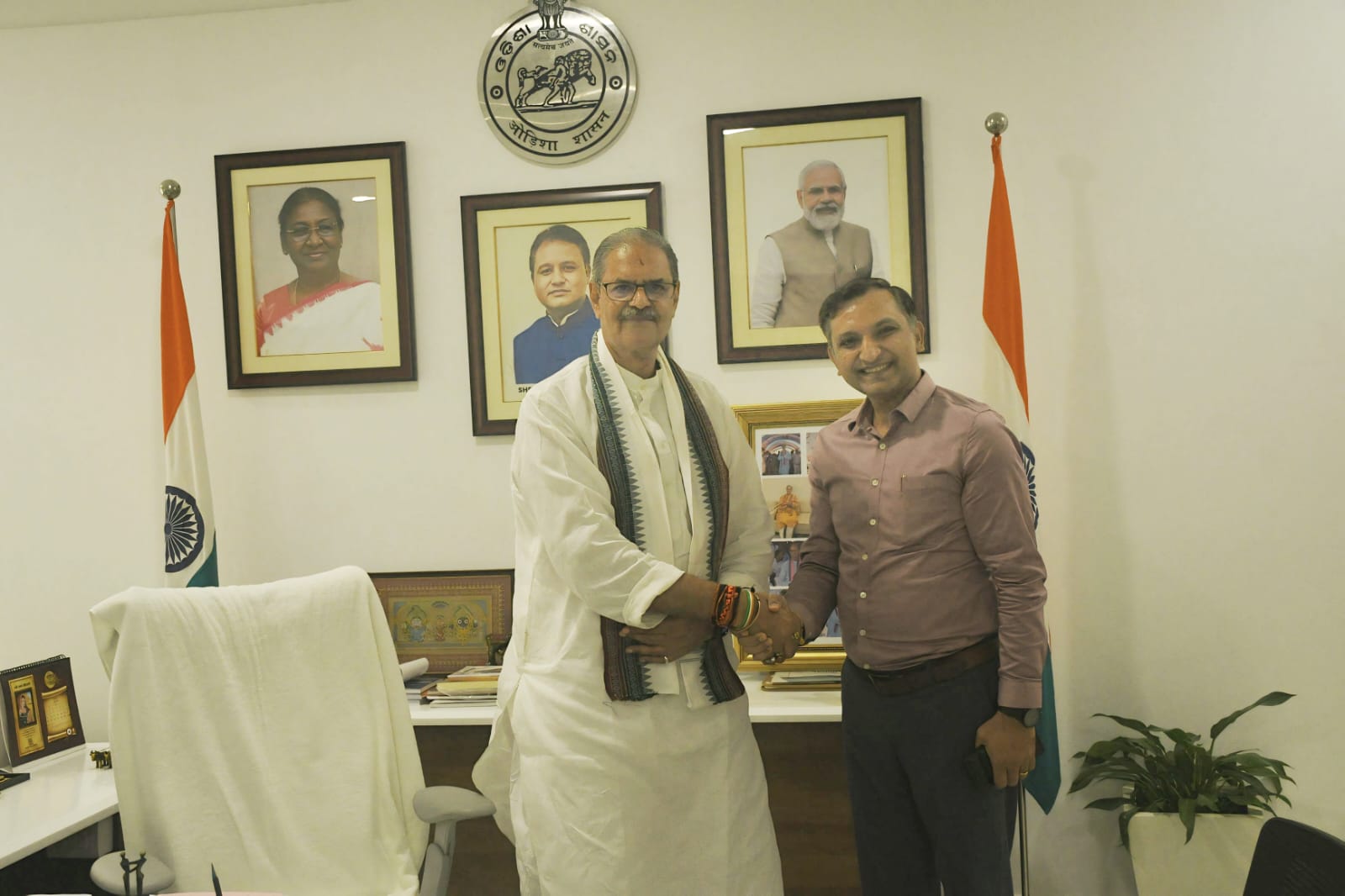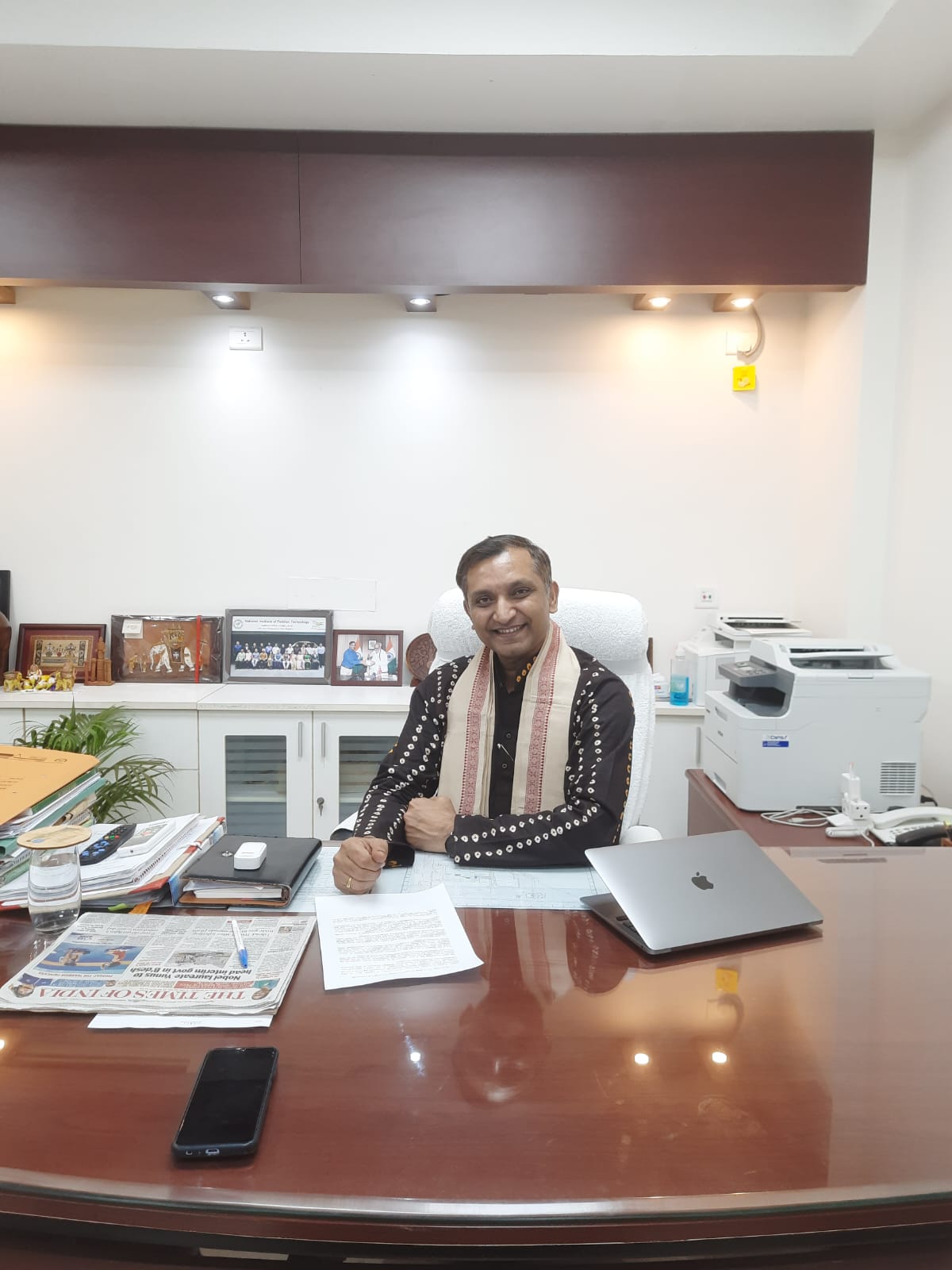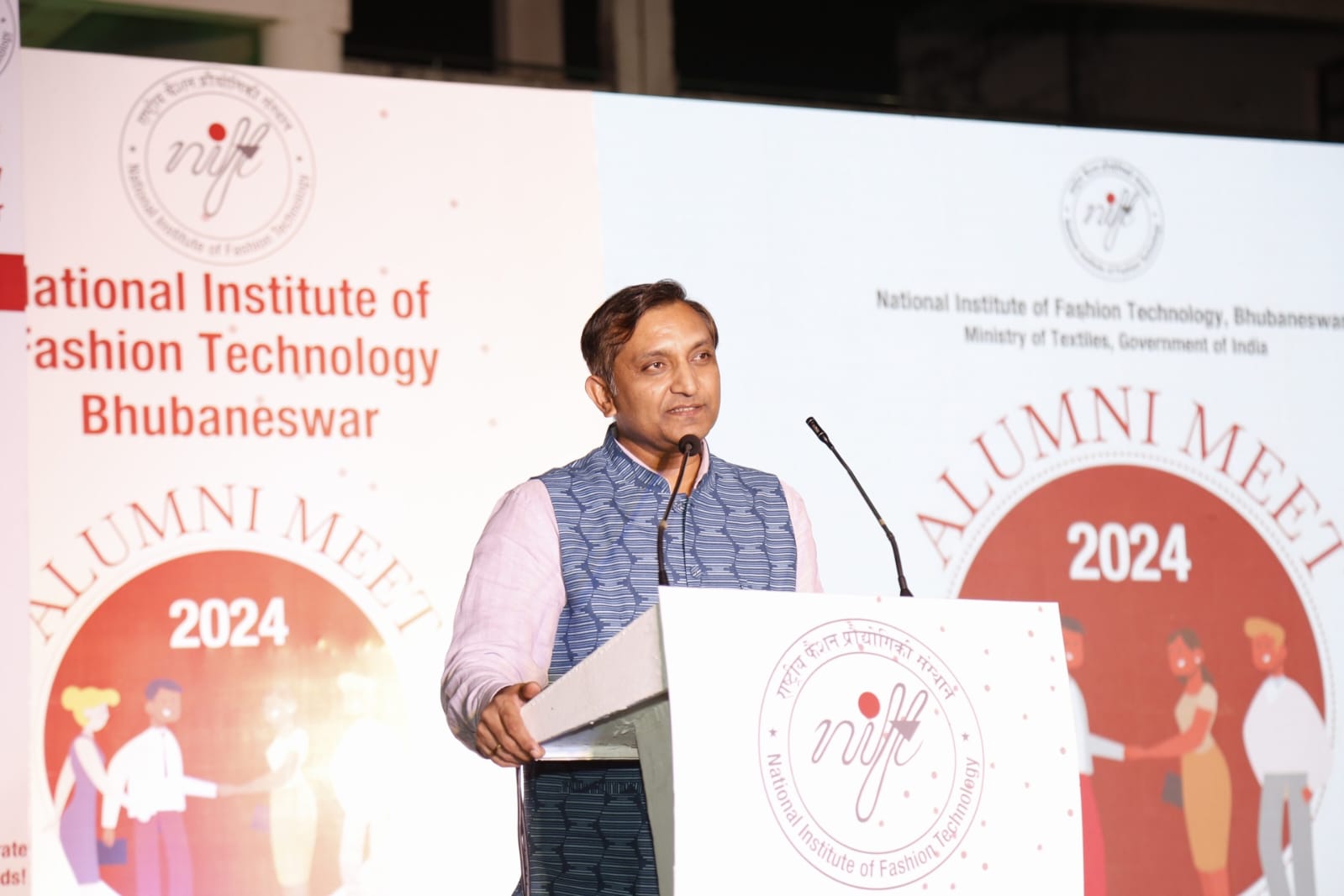Rajesh Kumar Jha is currently serving as the Director of the highly prestigious NIFT Bhubaneswar. Mr. Jha has also served as the Director of NIFT Kolkata previously. He has also worked closely with NIFT Gandhinagar, (Gujarat) Raebareli (UP), and Kannur (Kerala). Mr. Jha has been one of the Founding Members of NIFT Raebareli and NIFT Kannur. A postgraduate in Manufacturing Management from BITS Pilani, Mr. Jha is a prominent educationist who has served as ‘Chairman Board of Studies’ of Kannur University for three consecutive terms. He has also been an Academic Council Member (under the Eminent category) of Nehru Gram Bharti University, Allahabad. He has also served as a member of ATDC & IIHT Kerala apart from being a Selection Panel Member for various universities/institutions. Mr. Jha has published various research papers in journals of national and international repute and has presented his research papers at various IITs along with other prestigious platforms.
In an exclusive interview with Jyoti Jha; Sr. Editor, Today Magazine the distinguished educationist talks about the fashion industry along with the role of NIFTs in shaping career opportunities for youngsters.
Q.1 How do you see your journey from an engineering graduate from BITS Pilani to being the Director of one of the premium institutions; NIFT Bhubaneswar?
RKJ: Unlike popular opinion and a common perception among the general public that Fashion and Engineering are completely non-related, it can be safely said that Fashion is a type of Engineering. Fashion has more to do with Design where a design would be implemented in areas like fabric, garment, ornament, etc. It attributes to how the garment would appear, and for that, many engineering exercises are required. The manufacturing is attained via the engineering process. My super alumni (Bachelor’s degree) is Infosys Co-Chairman, Mrs Sudha Murthy, who has been a great source of inspiration for several. My learning experience in the areas of Industrial and Production Engineering (bachelor’s degree) and later Manufacturing Management (master’s degree), tremendously helped me in the technical flavour that is required in Designing aspects of the Fashion industry. Fashion requires a blend of Arts, History, and Engineering, and in more recent times, it also requires medical acumen (attires for medical healing, etc). For every part of a particular garment and production process, separate machinery and engineering and technical expertise are needed to run the process.
Q.2 Your journey as an academician and education has taken you from Gandhinagar to Kannur. How do you see the shift in the paradigm of professional degrees among young students in different parts of the country?
RKJ: There is an All-India Common Entrance Exam for NIFT courses, and appearing candidates get placed at various centers as per the selection process. Initially, less than 5% of students from Kerala, used to take admission in Kannur. They preferred other locations like Bengaluru, Hyderabad, Mumbai etc. Gradually they understood the value of NIFT, its culture and deliverance, and diverted themselves to their hometown. This is the paradigm shift that has been happening over time. Presently, we can proudly say that more than 50-60% of students opt for NIFT Kannur. This has all happened because of the increasing awareness among people. Our team has worked incessantly towards it and has managed to achieve this result.
Q.3 You have been quite instrumental as the Founding Member of two NIFT Campuses in Raebareli and Kannur. Apart from the language barrier in Kannur, what challenges did you have to face while setting up both these campuses?
RKJ: There is a rigorous selection process for NIFT academicians, that finally land a government job. I was initially placed in Gandhinagar, Gujarat while it was in a good developmental phase and that provided a great working experience. Later I was moved to Raebareli which has a slightly different culture as compared to some other places in UP. People in Raebareli are serene and carry a different flavour of life. Like the general opinion and awareness across major areas in the country, the people of Raebareli were also greatly unacquainted with the Fashion industry and its role and impact on our daily lives. It was still a very new concept for them as against Engineering or Medical fields. It took us some time and effort to make them aware and understand the important role of the sector, being a government setup, how it is useful in various aspects of our lives, and has different career prospects. Fashion is not only about garment manufacturing! Every state has a different Art and Craft and NIFT plays a significant role in protecting, nourishing, preserving, and creating opportunities to flourish. Once people would know about fashion, they would feel connected to it and realize that they are already a part of it. Whether it is Madhubani painting or any other artform from any other region, it is all a part of Fashion. Kerala, Kannur, has a varied range of handloom and handicraft products that are heavily in demand in the USA, Europe, and Gulf Countries. It is a manufacturing hub. During my tenure there, I faced difficulty with language since I am not very well versed in Malayalam, however, I did find English as a good medium to establish connection with local people as Hindi is not very widely spoken there. We had to adapt to the varying cultures of these places and I believe that wherever we live, we need to adapt to the culture, lifestyle, and environment accordingly, not only for survival but also for enrichment. Last year, I was the Director of NIFT Kolkata, and now I am a part of the Bhubaneswar campus. Being basically from Bihar, it was easier for me to understand and adapt to the cultures of Bengal and Orissa and have a familiarity with Bihari culture.
Q.4 How do you see the Fashion Industry being evolved just from designer clothes and Western attires as perceived by the common masses?
RKJ: The fashion industry has far and wide outreach, but it is yet to capture the common masses. Having been introduced to the Indian market in 1986, NIFT is located in 19 places across the country today, and most of the centers are in the capital cities. There is still a great need to reach and tap the local areas, villages, and common people.
Q.5 How much has there been an influence of the Bollywood and other movie industries on the fashion industry?
RKJ: The fashion Industry is beyond Ramp Walks, it has vast and varied aspects that need to reach and connect with the common masses apart from the glitz and glamour of the movie industry. Fashion is customized for various strata of society and with more mass production and newer avenues, it has the potential to reach every segment of society.
Q.6 At a time when fresh graduates with various professional degrees are facing a lack of job opportunities, how much does a degree in Fashion assure youngsters of job opportunities?
RKJ: The fashion Industry is the Top five employment-generating sectors, and the industry needs to increase unerring awareness amongst people to tap its optimum product life cycle potential. It has a huge career path and career options, as compared to other technical areas that are becoming saturated. It has immense potential and several explorable aspects. The emerging and evolving role of the Fashion Industry in the Indian Landscape sees Fashion Industry associated with varied disciplines and all major brands. From the elite echelon to the commoners of the village, there’s always been a sense, sensibility, and connection with Fashion that is beyond the usual perception of the industry and its outreach, but it requires increased awareness among people to understand its wider prospects. Career prospects are very high and there are several aspects like Designing, Manufacturing, Fashion Blogs, Entrepreneurship, etc. Aesthetics and Design are an inherent part of human life in every aspect. The design provides innovation that outgrows the stagnation in any process.
Q.7 The Fashion industry is one of those rare industries, where there is a very high participation of females which is quite commendable but what should be done to increase the participation of males?
RKJ: As against the common prevalent problem across various employment sectors where females don’t get enough opportunities, it is a pride for us that female participation in the Fashion Industry is high. Interestingly though, in this industry, we give opportunities to all the students from various streams like Science, Arts, Commerce, etc. Apart from the varied course options for all the students across the country, we also have provision for children of craftsmen to opt for different programs at our centers through a separate entrance examination with a scholarship. There are also provisions for lateral entries for students getting direct admission in the second year (UG). Equal opportunity has been created and provided to all, maybe the males have to work a little harder to show more participation in this sector.
Q.8 What would be your suggestion to young male students who want to kickstart a career in the fashion industry?
RKJ: More awareness has to be created, a diverse mindset has to be developed, and thought-process has to be diverted to sink to the fresher concepts and opportunities in various newer segments like the Fashion Industry. NIFT is a national institute empowered under the Ministry of Textiles by an act of Parliament. Having a worldwide rank (Top 10 World Institutes), NIFT, a Government Indian Institute, has created a mark. It offers various career avenues that are not restrictive to gender and more awareness has to be made to enhance male participation.






